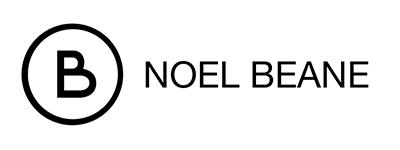Strategy: Qualitative Coding
Qualitative Coding
Unlock the Power of Customer Feedback
What are you going to do with the data? That is the most important question that any colleague ever asked me. It was a response to my request for user data and customer feedback. I stared back at him blankly. At the time I did not have a convincing response. I wanted to find answers to questions like
- Am I delivering on my design promise?
- What are the most glaring needs or frustrations?
- What should we work on next?
I guess I just assumed that this data would magically, through osmosis, fill me with an endless roadmap of enhancements and opportunities. Then I realized that he was right.
What am I going to do with this data?
Sure, I could read a few comments. I could Monitor interactions or conduct more interviews, but how could I gain any real insight from all of this noise? I needed to find patterns or themes in order to make intelligent decisions on where to focus resources.
That’s where Qualitative Coding comes in.
Qualitative coding is the process of categorizing your qualitative data. For me this meant customer feedback coming in from multiple touchpoints and sources. This involves parsing through your customer feedback counting occurrences, labeling and organizing them into buckets or themes. After the themes are established you can then begin to count and analyze them as simply as you would your quantitative data such as event clicks or sessions.
Types of Qualitative Analysis:
- Narrative Analysis
- Framework Analysis
- Grounded Theory
For myself and my team the process started manually. We gathered survey responses, customer support notes, sales interactions, and interviews and began the process of reading through each occurrence to find the spirit and theme of the interaction. Eventually we teamed with our business intelligence team to apply data science to the analysis process. This does speed the identification of the code or taxonomy but you should never abandon the manual process of having multiple sets of eyes read through the data to truly understand the meaning and pattern.
Watch Out
This is an iterative process which should be collaborative and deliberate as each team member may find different meaning in any given statement. As a result, additional review and discussion is needed to agree on the code.
For our team we started with a predefined taxonomy and then parsed the data to fit it into the different themes and patterns. This was due to the fact we had a well established product with it’s own history and language. This is called Deductive Coding. If you are beginning exploratory research you may want to choose an Inductive Coding method where you parse the data and let the themes surface organically.
Key Take Away
There are two popular methods for coding
- Deductive Coding
- Inductive Coding
The ROI of Design
Conversion
94%
of a user’s first impressions are design related
Loyalty
75%
judge a company’s credibility based on design
Retention
88%
of users are less likely to return to a website after a bad user experience

